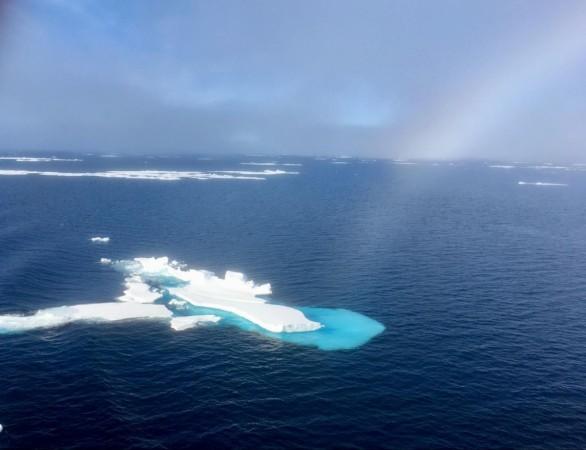Just when reports had started saying that the ozone was finally healing itself and researchers were grinning from ear to ear, there has been a downer. A huge hole has opened up in the ozone layer over the Arctic. This has happened due to the constant climate change which the Earth has been bearing for a while now.

According to the grapevine, the unusually cooler temperature in the atmosphere above the North Pole is responsible for this.
Much of the central Arctic that measures up about three times of Greenland has record-low ozone levels at present.
Hole does not threaten people's health
The important part is that this hole does not threaten people's health and will eventually break apart in the coming weeks. But it is an unusual atmospheric event that will go down in the record books.
Martin Dameris, an atmospheric scientist at the German Aerospace Center in Oberpfaffenhofen said that this probably is the first time when one can actually talk about a real ozone hole over the Arctic region because it is big.
An unusual stable polar vortex happened due to low temperatures in the northern polar regions, and human activities led to the presence of ozone-destroying chemicals such as chlorine and bromine forming in the atmosphere, which is the main cause for the hole.
Vincent-Henri Peuch, director of the Copernicus Atmosphere Monitoring Service, was quoted as saying, "The hole is principally a geophysical curiosity. We monitored unusual dynamic conditions, which drive the process of chemical depletion of ozone. This allowed for lower temperatures and a more stable vortex than usual over the Arctic, which then triggered the formation of polar stratospheric clouds and the catalytic destruction of ozone."
It should be noted that there is no relation between the hole forming over the Arctic and the COVID-19 shutdowns. However, the lockdown has drastically cut air pollution and reduced greenhouse gas emissions.
Also, nothing can be stated about whether the oddly stable Arctic polar vortex conditions are linked with the climate crisis.
Ross Salawitch, an atmospheric scientist at the University of Maryland in College Park said that, "Right now, we're just eagerly watching what happens as the game is not totally over."

















